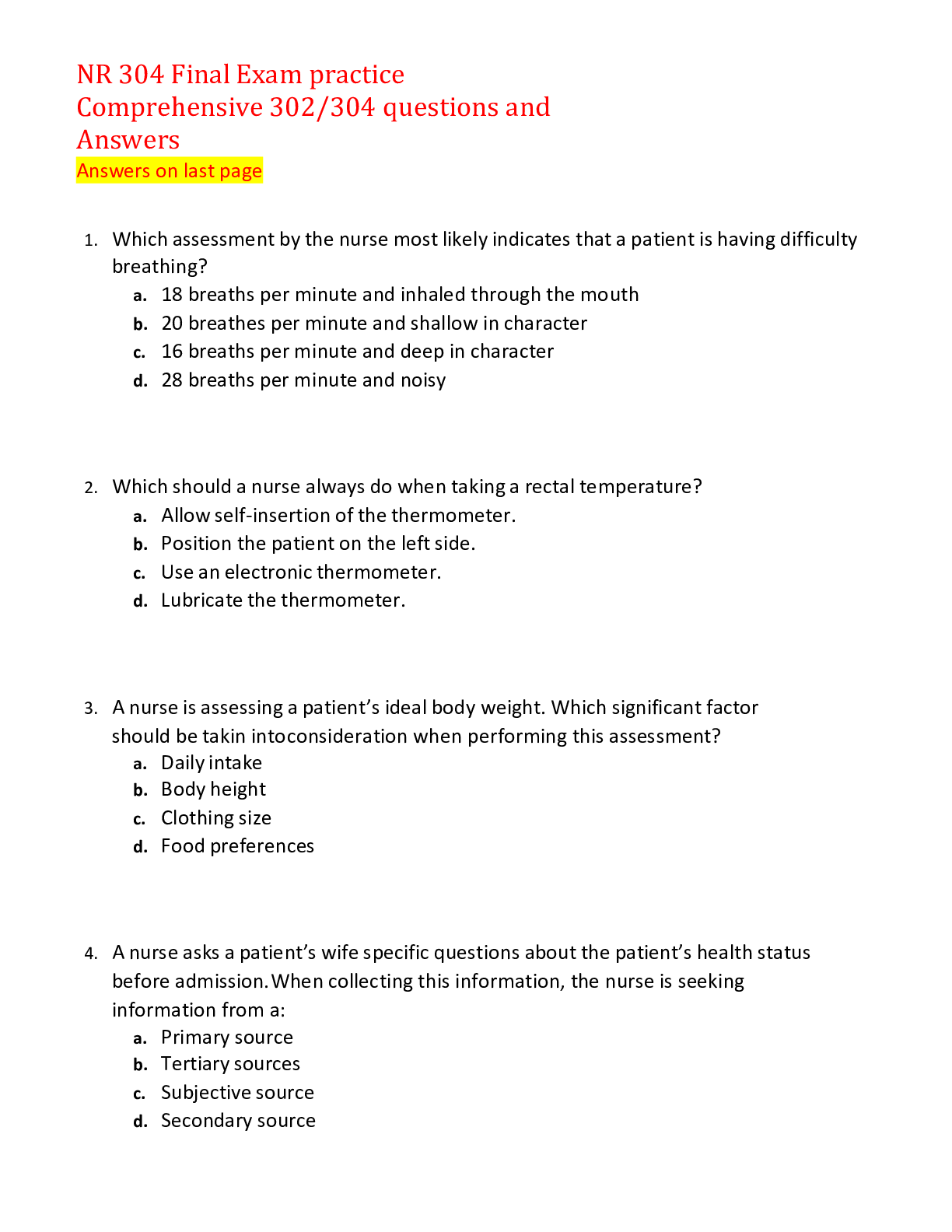Emergency Nursing Practice Questions - Answered with Rationales
Document Content and Description Below
Emergency Nursing Practice Questions - Answered with Rationales A chemical exposure has just occurred at an airport. An off-duty nurse, knowledgeable about biochemical agents, is giving directions t... o the travelers. Which direction should the nurse provide to the travelers? 1. Hold their breath as much as possible. 2. Stand up to avoid heavy exposure. 3. Lie down to stay under the exposure. 4. Attempt to breathe through their clothing. 1. The absence of breathing is death, and this is neither a viable option nor a sensible recommendation to terrified people. 2. Standing up will avoid heavy exposure because the chemical will sink toward the floor or ground. 3. Staying below the level of the smoke is the instruction for a fire. 4. Breathing through the clothing, which is probably contaminated with the chemical, will not provide protection from the chemical entering the lung. TEST-TAKING HINT: If the test taker does not know the answer, the test taker should realize options "1" and "4" address breathing and options "2" and "3" address positioning, and one set of options should be eliminated, narrowing the choice to one out of two options. The nurse is caring for a client diagnosed with the prodromal phase of radiation exposure. Which clinical manifestations should the nurse assess in the client? 1. Anemia, leukopenia, and thrombocytopenia. 2. Sudden fever, chills, and enlarged lymph nodes. 3. Nausea, vomiting, and diarrhea. 4. Flaccid paralysis, diplopia, and dysphagia. 1. Anemia, leukopenia, and thrombocytopenia, signs of bone marrow depression, are clinical manifestations the client experiences in the manifest illness stage of radiation exposure, which occurs from 72 hours to years after exposure. The client is usually asymptomatic in the prodromal phase of radiation exposure. 2. Sudden fever, chills, and enlarged lymph nodes are clinical manifestations of bubonic plague. 3. The prodromal stage (presenting symptoms) of radiation exposure occurs 48 to 72 hours after exposure, and the clinical manifestations are nausea, vomiting, diarrhea, anorexia, and fatigue. Clinical manifestations of higher exposures of radiation include fever, respiratory distress, and coma. 4. These are clinical manifestations of inhalation botulism. TEST-TAKING HINT: If the test taker knows the definition of "prodromal," which is an early sign of a developing condition or disease (prodrom is Greek for "running before"), then the option with vague and nonspecific clinical manifestations should be selected as the correct answer. Which cultural issues should the nurse consider when caring for clients during a bioterrorism attack? Select all that apply. 1. Language difficulties. 2. Religious practices. 3. Prayer times for the people. 4. Rituals for handling the dead. 5. Keeping the family in the designated area. 1. Language difficulties can increase fear and frustration on the part of the client. 2. Some religions have specific practices related to medical treatments, hygiene, and diet, and these should be honored if at all possible. 3. Prayers in times of grief and disaster are important to an individual and actually can have a calming effect on the situation. 4. Caring for the dead is as important as caring for the living based on religious beliefs. 5. For purposes of organization, this may be needed, but it is not addressing cultural sensitivity and, in some instances, may violate the cultural needs of the client and the family. TEST-TAKING HINT: The stem asks the test taker to address cultural needs, and these client needs must be addressed in a bioterrorism attack or with an individual in the hospital. The test taker should select options addressing cultural needs. Dishonoring cultural needs can increase the client's anxiety and increase problems for the health-care team. The off-duty nurse hears on the television of a bioterrorism act in the community. Which action should the nurse take first? 1. Immediately report to the hospital emergency department. 2. Call the American Red Cross to find out where to go. 3. Pack a bag and prepare to stay at the hospital. 4. Follow the nurse’s hospital policy for responding. 1. Many hospital procedures mandate off-duty nurses should not report immediately to the hospital, so relief is available for initial responders. 2. The nurse’s first responsibility is to the facility of employment, not the community. 3. This is a good action to take when the nurse is notified of the next action. For example, if the hospital is quarantined, the nurse may not report for days. 4. The nurse should follow the hospital’s policy. Often nurses will stay at home until decisions are made as to where the employees should report. TEST-TAKING HINT: After looking at all the options, the test taker should select the option that best assesses the entire situation, which is following policy. There will be a tendency for mass hysteria to occur in the community, but following the terrorist attack on 9/11/2001, all hospitals and communities are now required by Homeland Security to have a disaster preparedness plan in place. The best action the nurse can take is to follow the procedure and remain calm. The nurse finds the client unresponsive on the floor of the bathroom. Which action should the nurse implement first? 1. Check the client for breathing. 2. Assess the carotid artery for a pulse. 3. Shake the client and shout. 4. Notify the rapid response team. 1. This is not the first intervention based on the answer options available in this question. 2. This is not the first intervention based on the options available in this question. 3. This is the first intervention the nurse should implement after finding the client unresponsive on the floor. 4. The rapid response team is called if the client is breathing; a code would be called if the client were not breathing. TEST-TAKING HINT: Options "1," "2," and "3" are all assessment interventions, which is the first step in the nursing process. Of these three possible options, the test taker should select the intervention easiest and fastest to determine if the client is alert, which is to shake and shout at the client. The UAP is performing cardiac compressions on an adult client during a code. Which behavior warrants immediate intervention by the RN? 1. The UAP has hand placement on the lower half of the sternum. 2. The UAP performs cardiac compressions and allows for rescue breathing. 3. The UAP depresses the sternum 0.5 to 1 inch during compressions. 4. The UAP asks to be relieved from performing compressions because of exhaustion. 1. This hand position will help prevent positioning the hand over the xiphoid process, which can break the ribs and lacerate the liver during compressions. 2. This is the correct two-rescuer CPR; therefore, no intervention is needed. 3. The sternum should be depressed 1.5 to 2 inches during compressions to ensure adequate circulation of blood to the body; therefore, the nurse needs to correct the UAP. 4. The UAP should request another HCP to perform compressions when exhausted. TEST-TAKING HINT: The test taker must select which option is an incorrect procedure for cardiac compressions. [Show More]
Last updated: 1 year ago
Preview 1 out of 39 pages
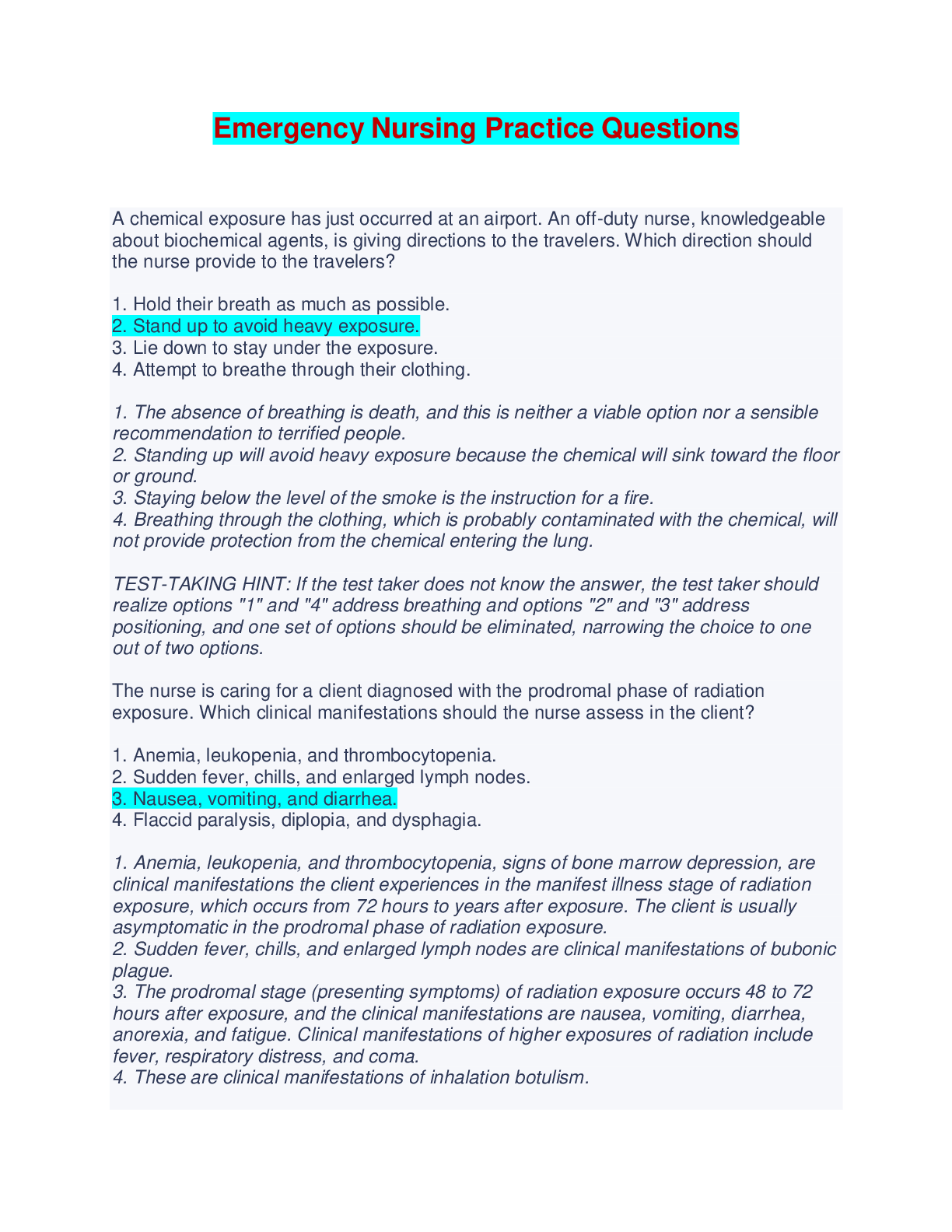
Buy this document to get the full access instantly
Instant Download Access after purchase
Buy NowInstant download
We Accept:

Reviews( 0 )
$15.00
Can't find what you want? Try our AI powered Search
Document information
Connected school, study & course
About the document
Uploaded On
Jan 18, 2024
Number of pages
39
Written in
Additional information
This document has been written for:
Uploaded
Jan 18, 2024
Downloads
0
Views
27

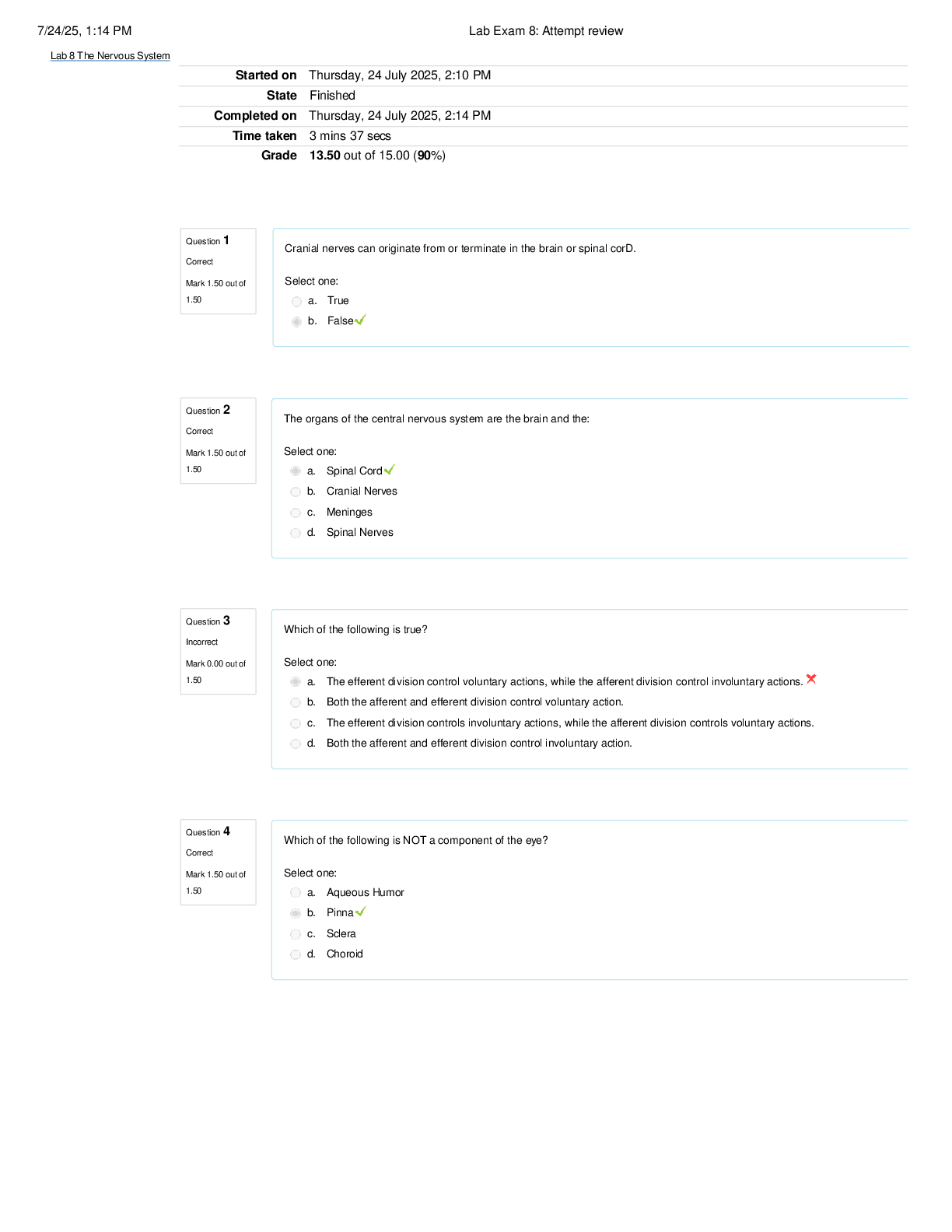
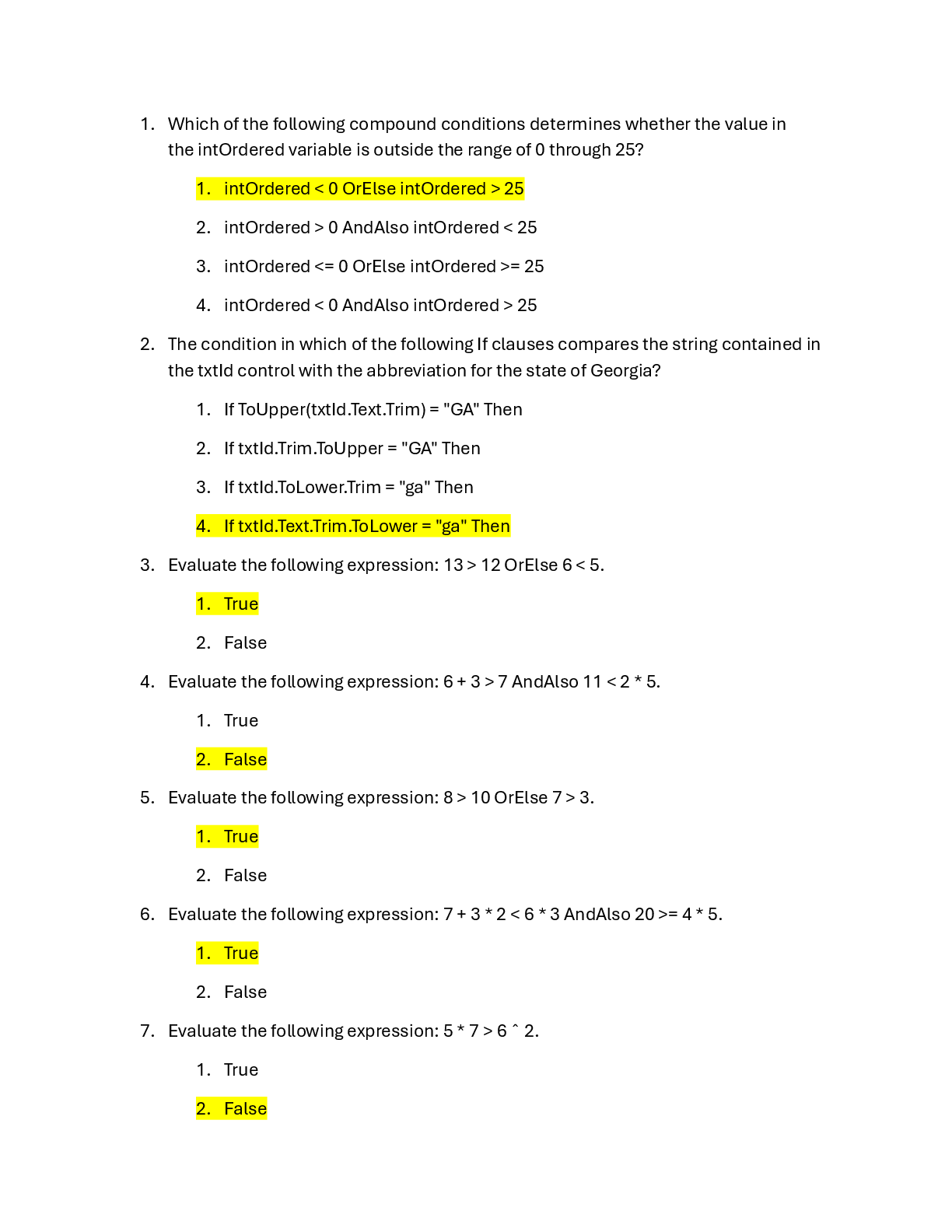
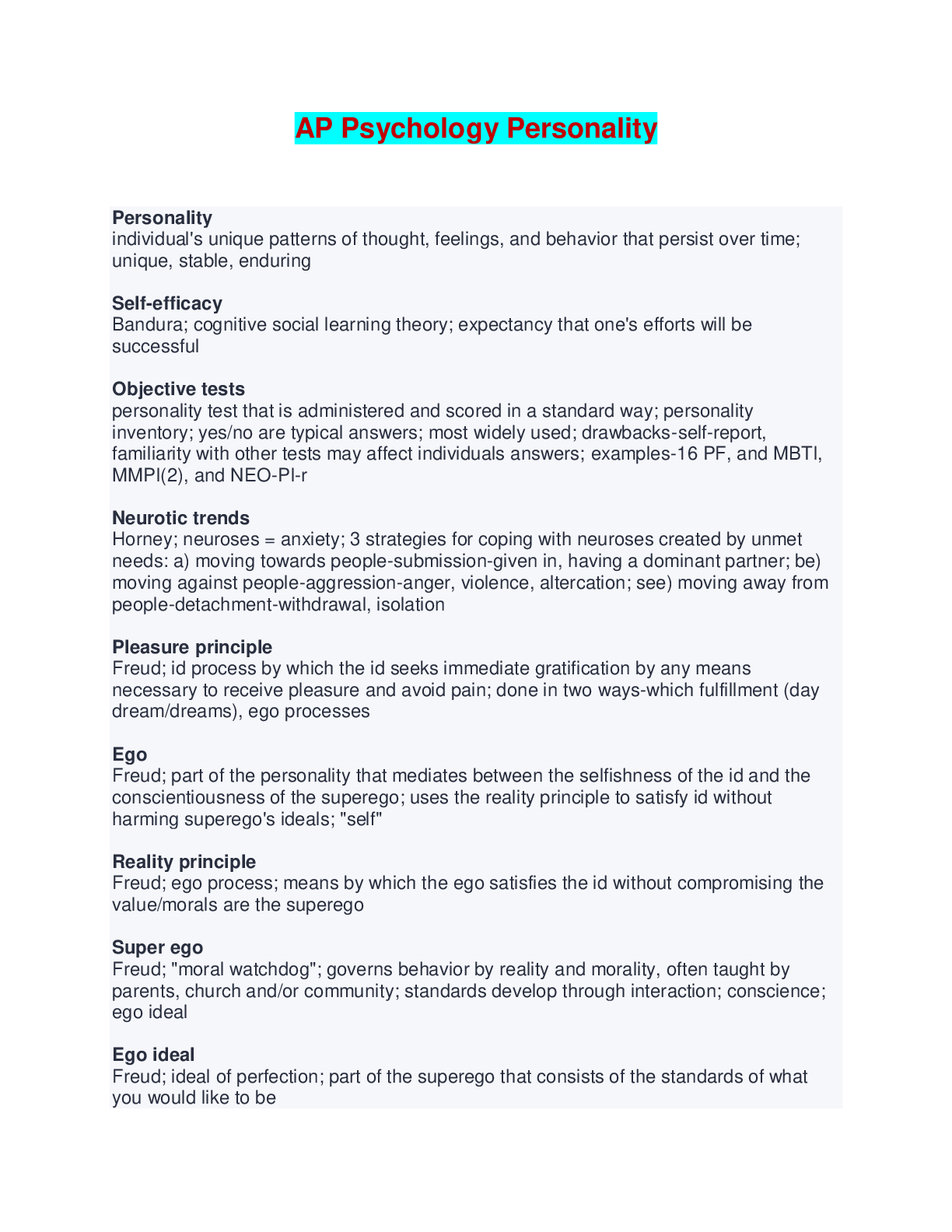
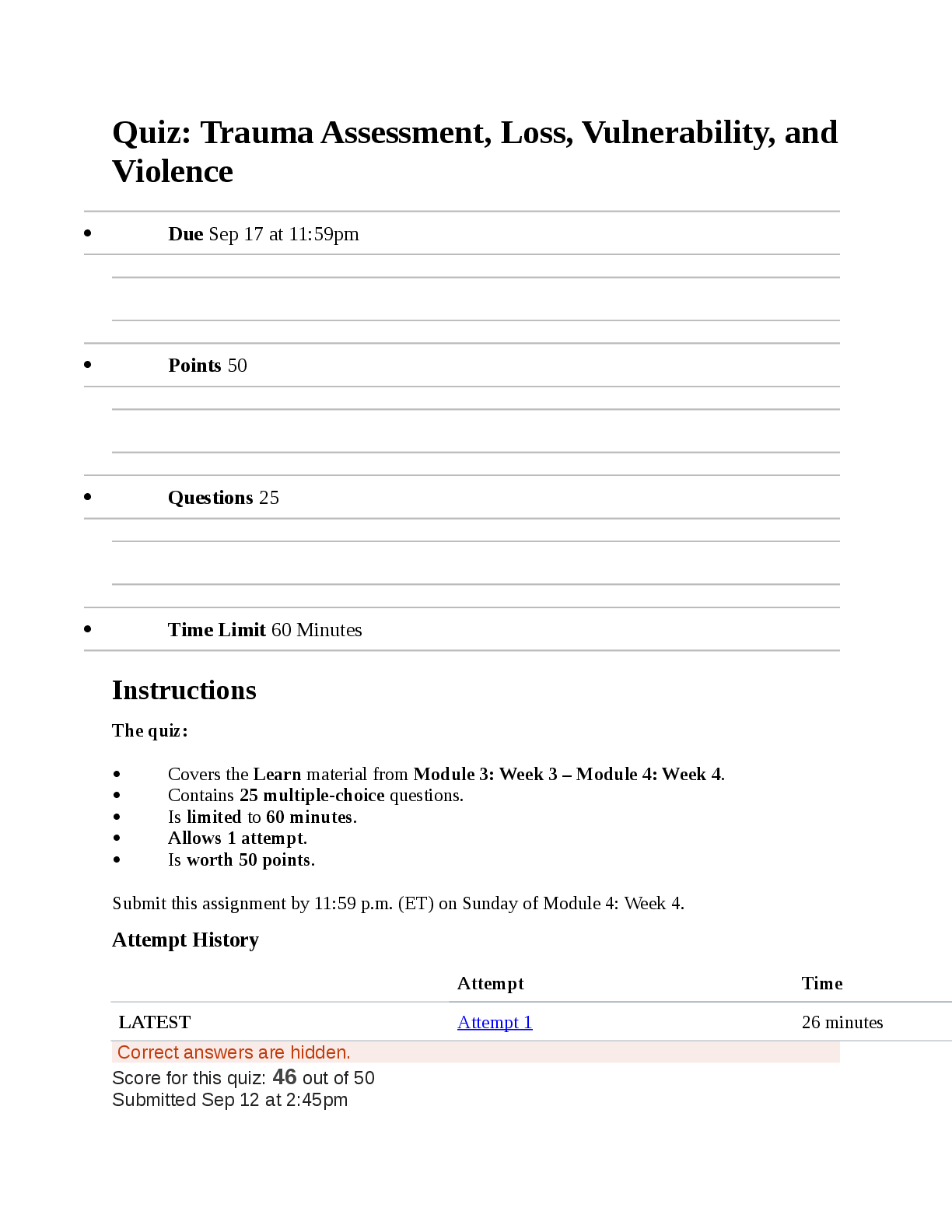
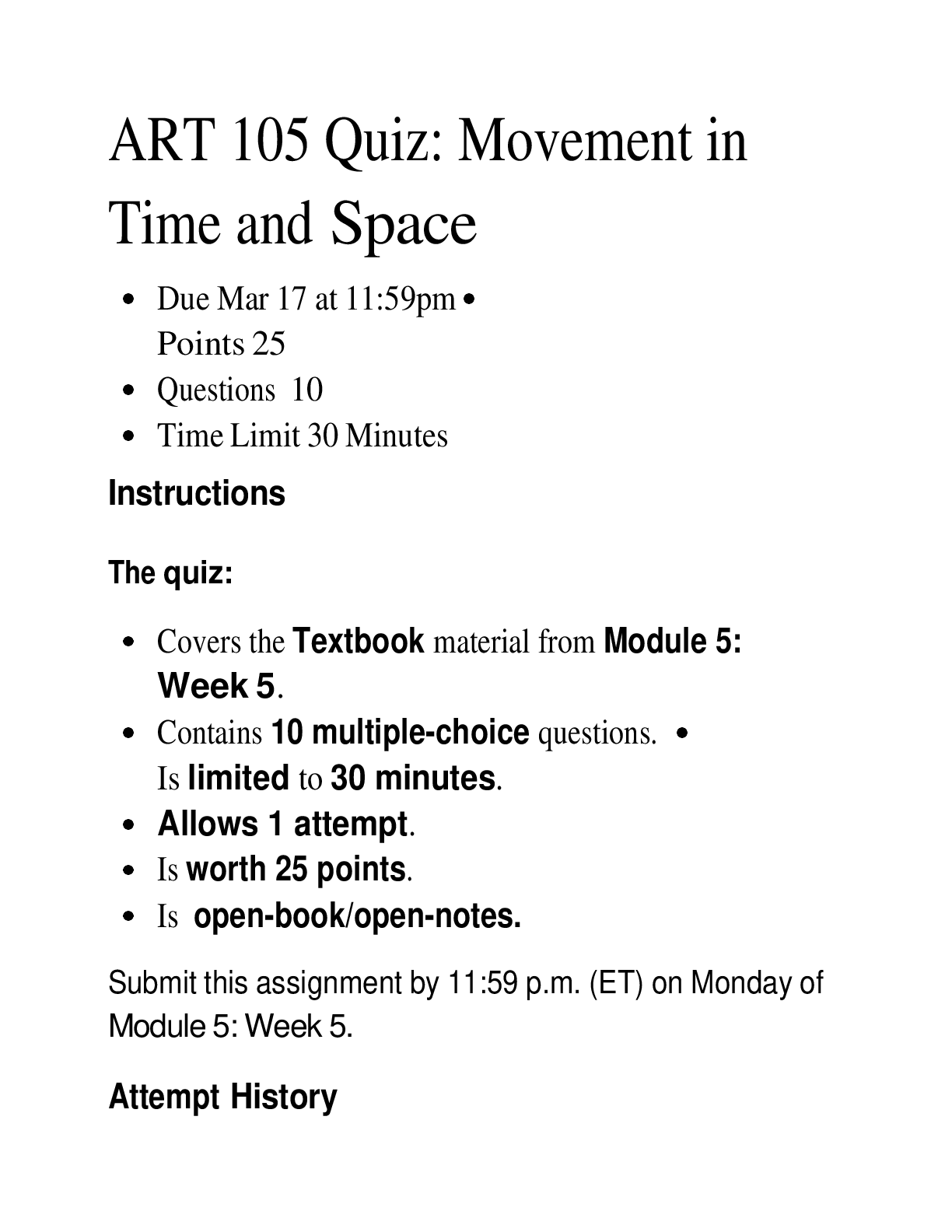
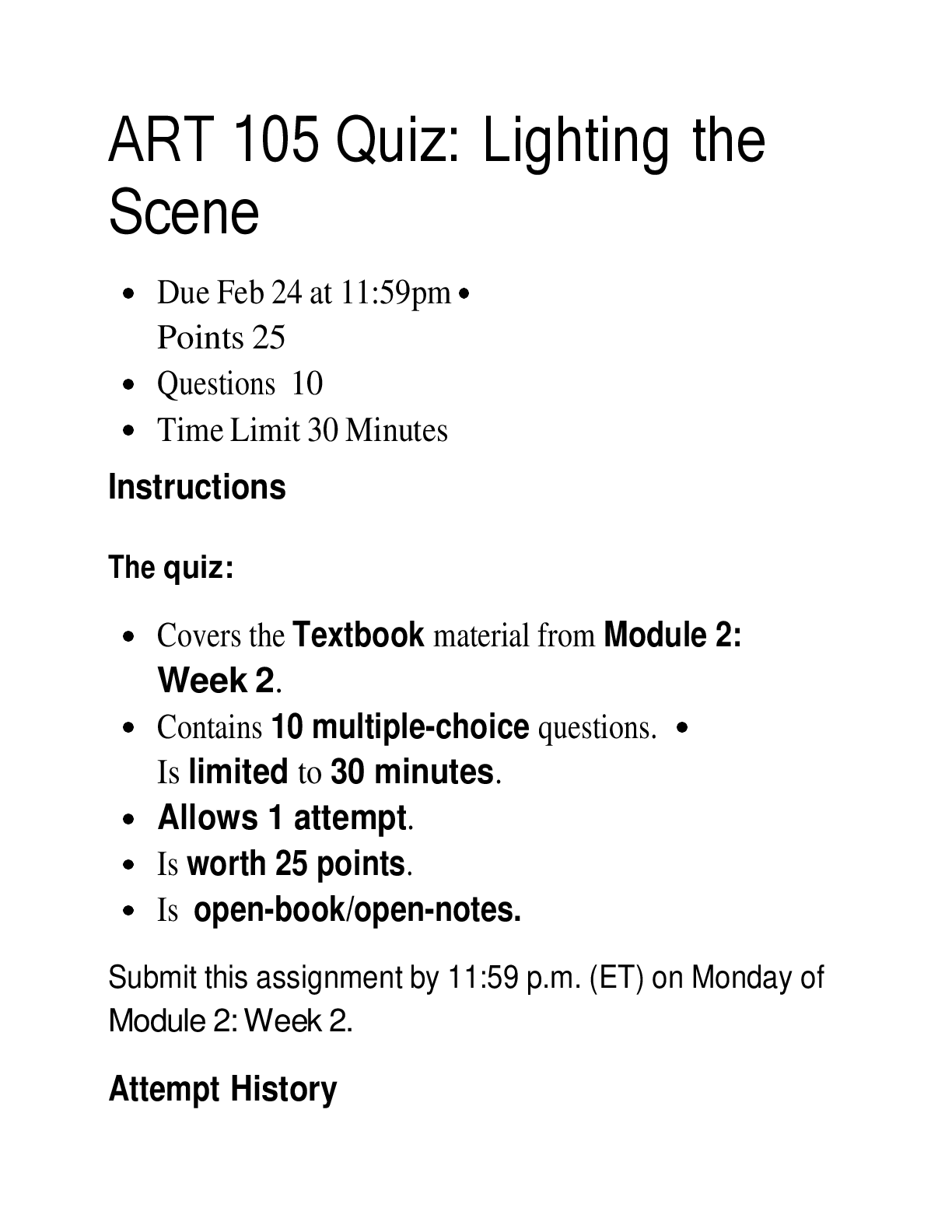
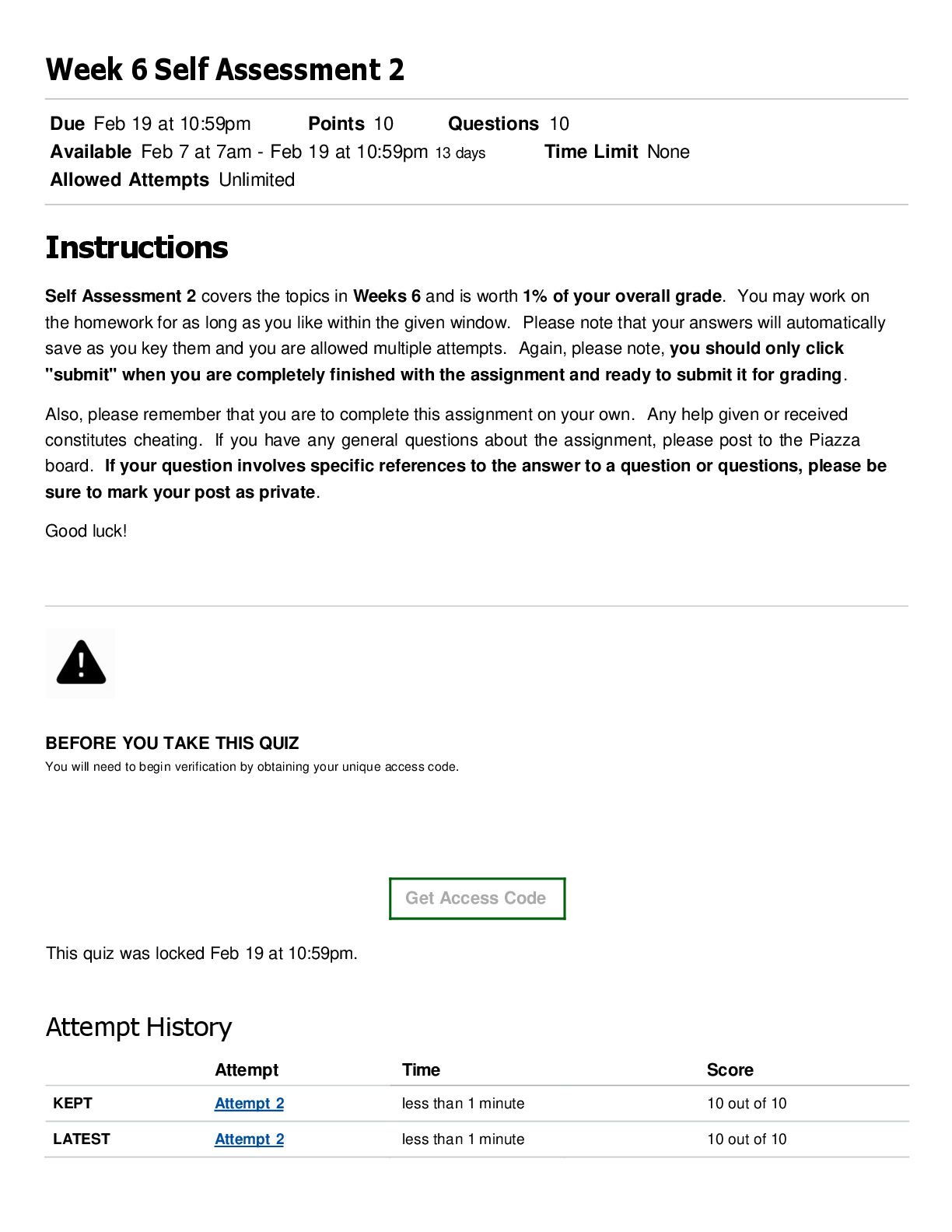
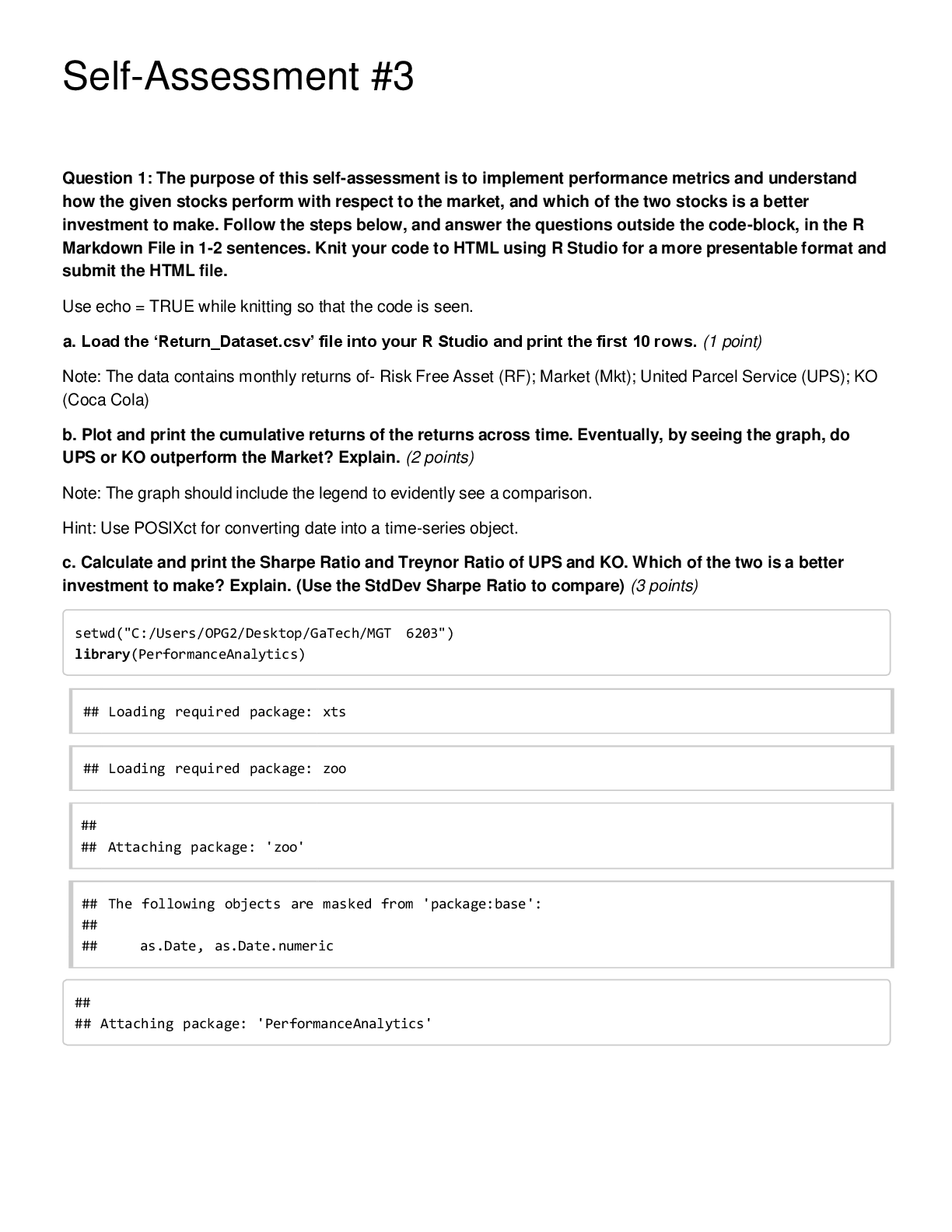
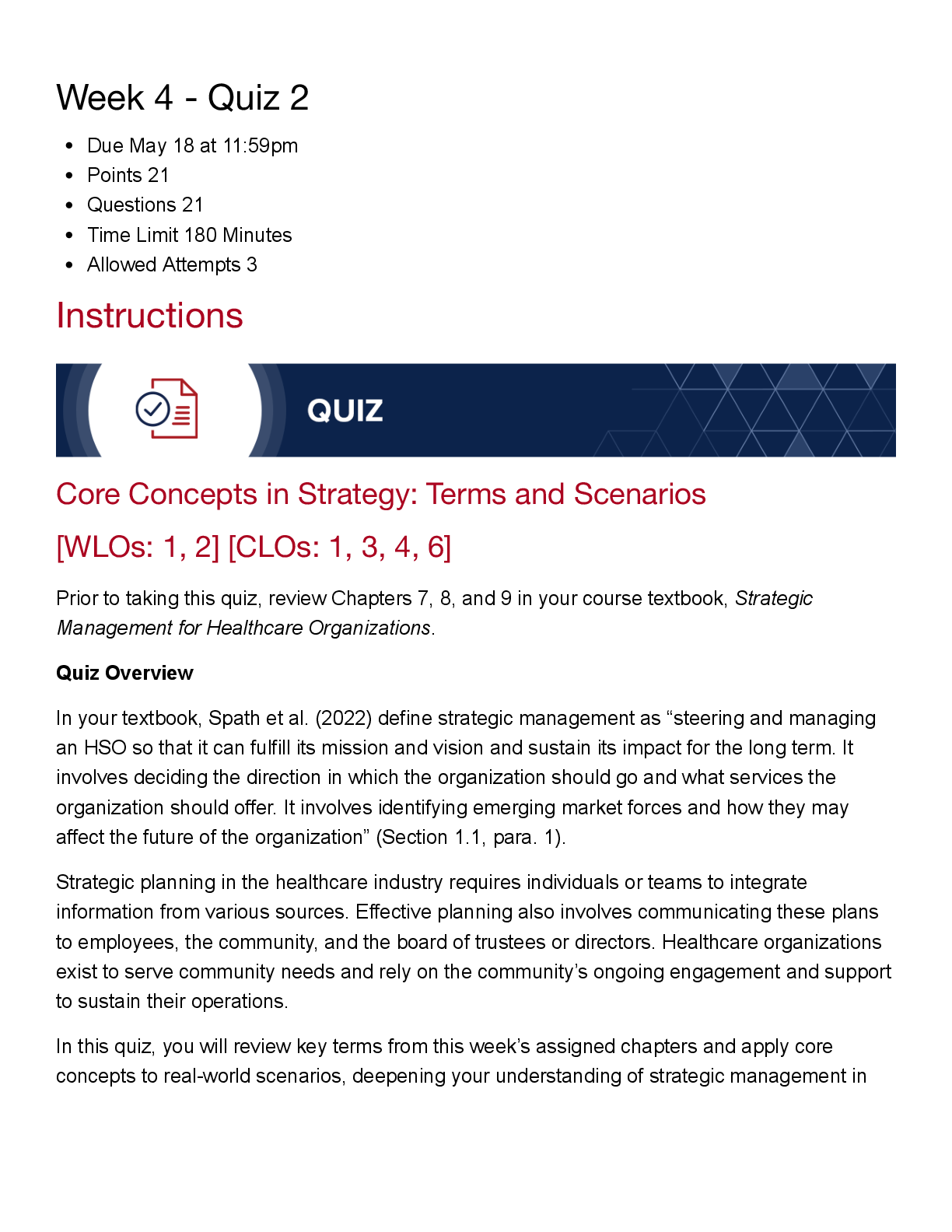
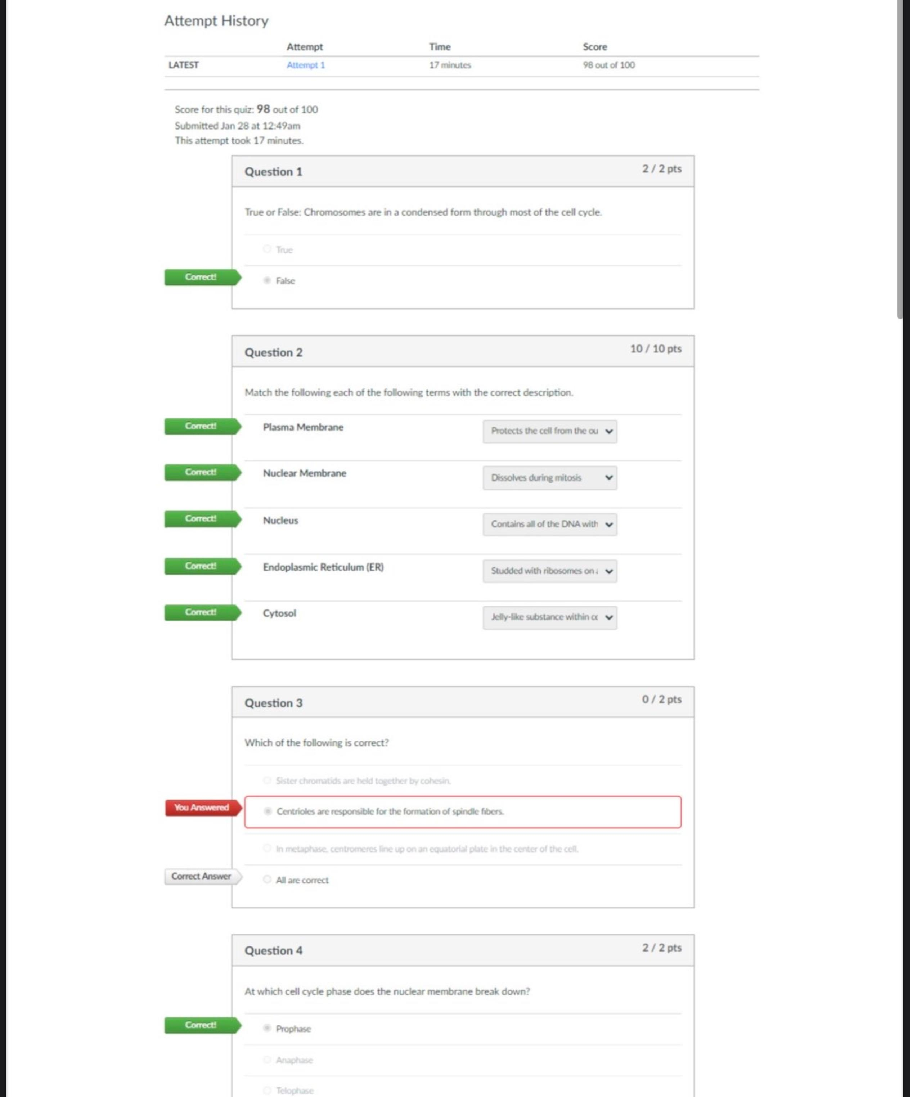
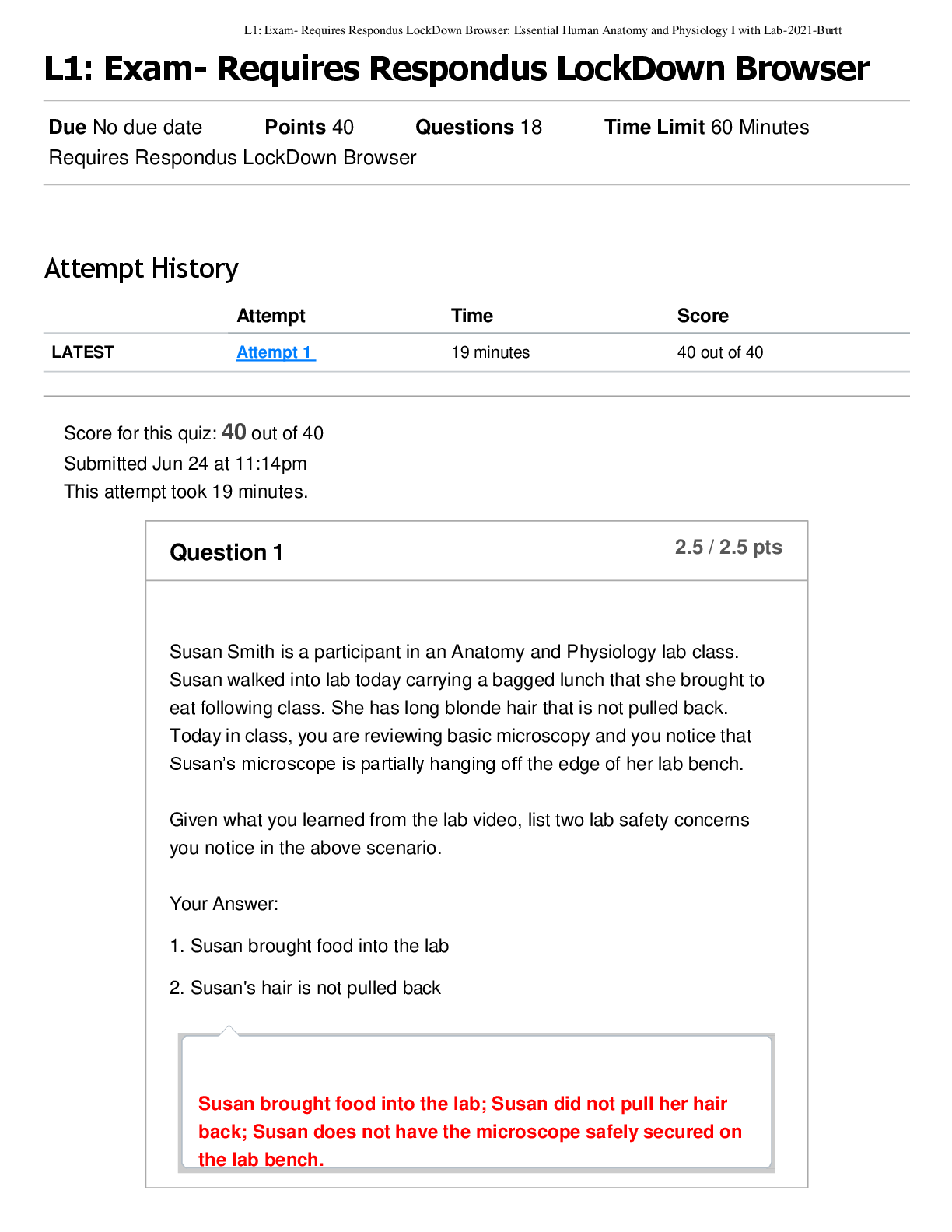
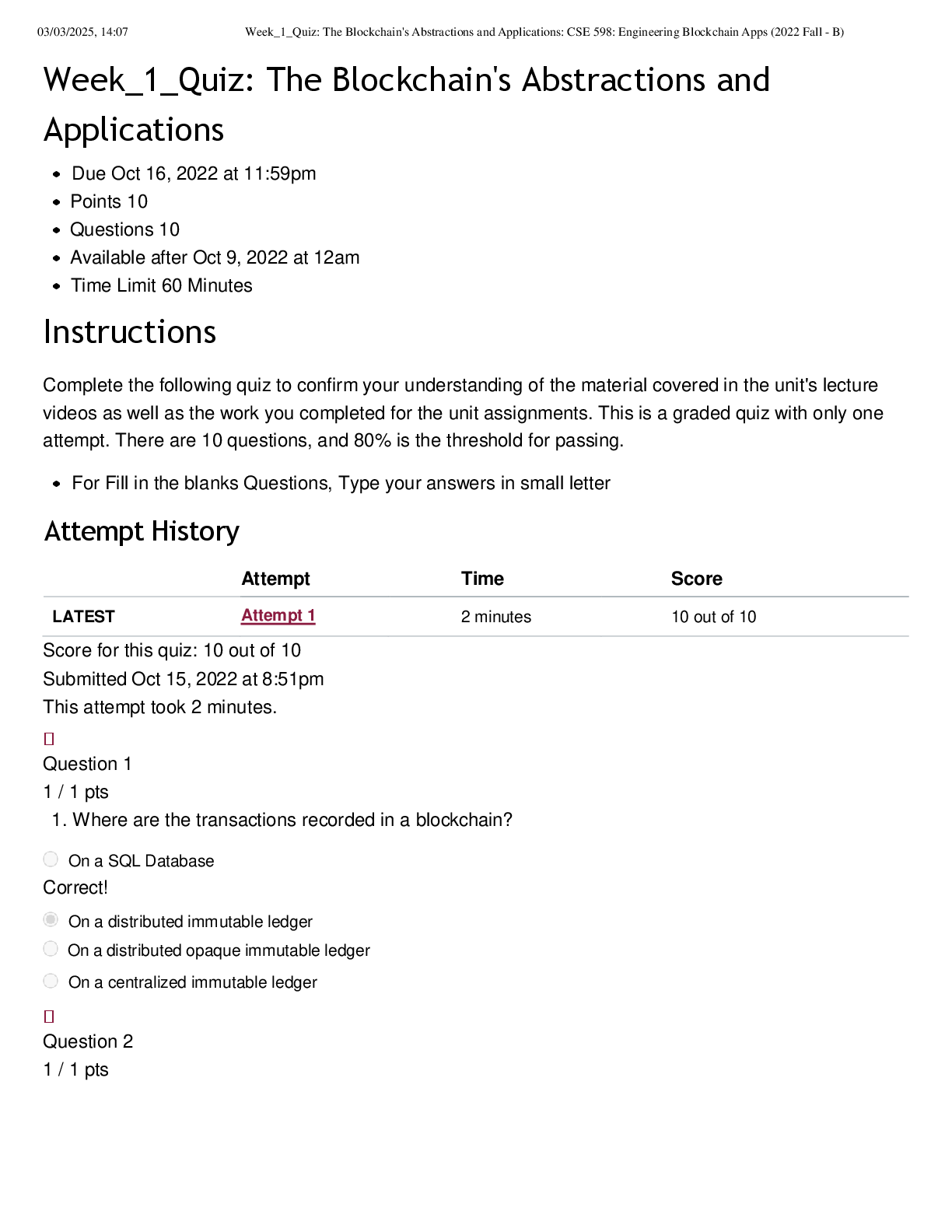





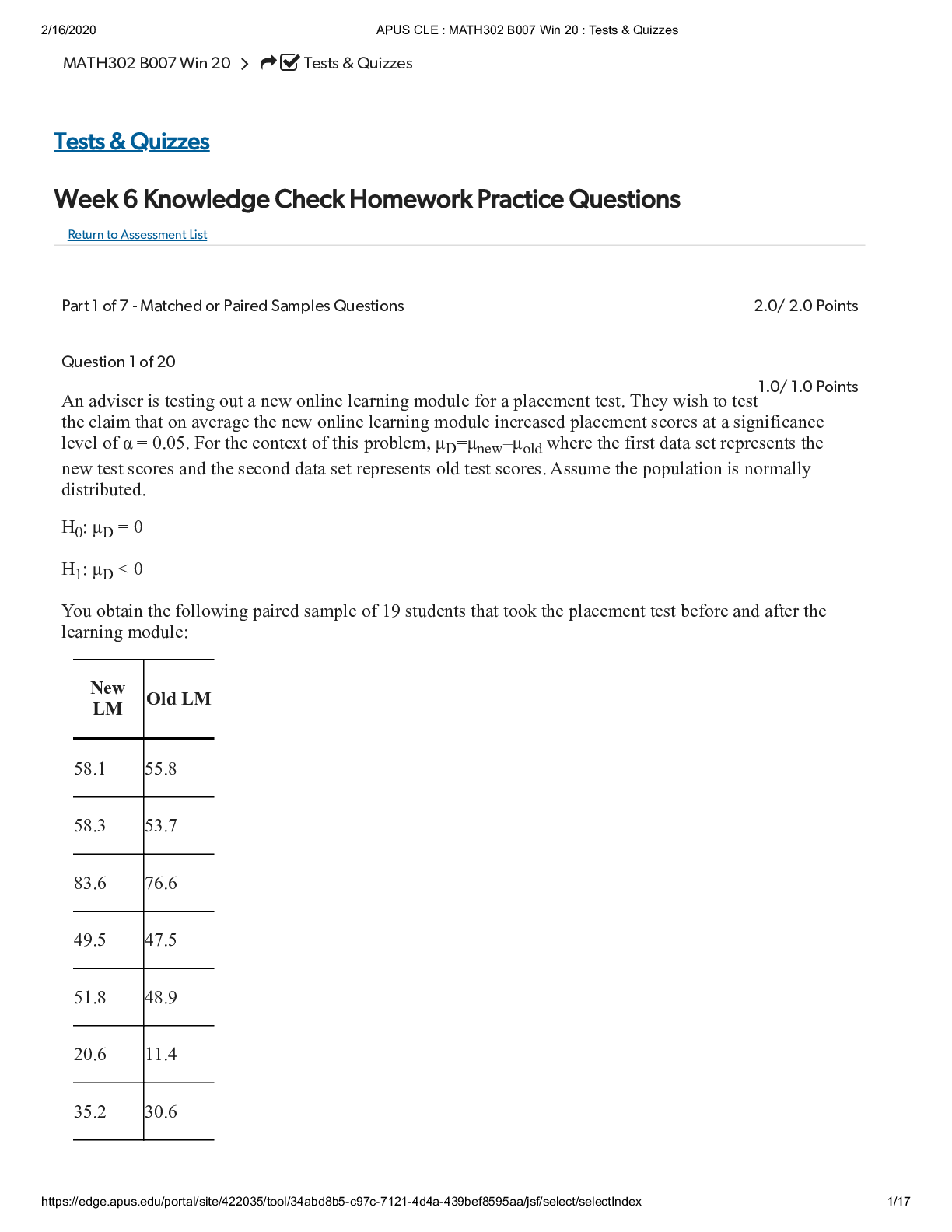

.png)
